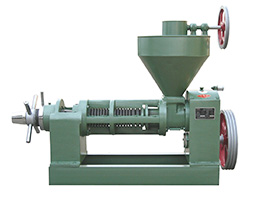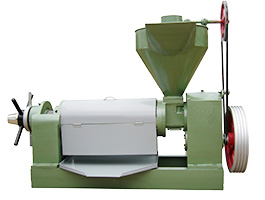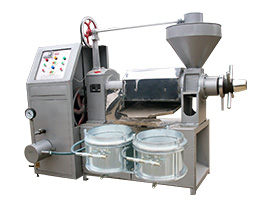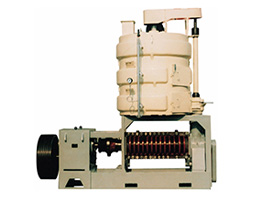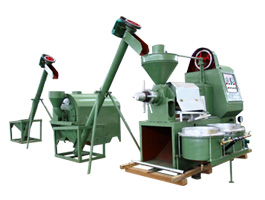Cooking Oil Refining, Cooking Oil Mill System, Small Cooking Oil Units
Technology
We classify it into Physical Refining & Chemical Refining according to different technology. Features of these two technologies:
Physical Refining
Remove gums in oil with special degumming method. FFA in oil is removed by steam. Features:
High oil refining rate, less oil loss
No waste water discharged;
More FFA distilled out;
Especially suitable for oils of high acid value, and low gum content;
Chemical Refining
Neutralize FFA in the oil with alkali. The gum and soap produced are centrifuges. Features:
Less requirements to crude oils;
The finished oil is more consistent in quality;
Less bleaching earth used compared with physical refining;
Bleaching
Add bleaching earth into the degummed oil. Under the vacuum state, the oil is continuously mixed with bleaching earth in the continuous Bleacher, where main part of colour bodies as well as oxidizing materials in the oil are absorbed by the bleaching earth. After continuous Bleacher, the oil/clay mixture is passed through Leaf Filters where the spent earth is removed together with the precipitated materials from degumming. The oil then passes through one of two alternatively working safety filters before entering the next section.
Chemical Refining
The process of refining reduces the free fatty acid, phospholipids, carbohydrates, or proteins. The most widely practiced form of refining method is an alkali treatment. By treatment of the fats and oils with an alkali solution, the free fatty acid converts into water soluble soaps. Phospholipids carbohydrates and proteins also can be changed to water soluble substances with hydration.After the alkali treatment, the fats and oils are washed with water to remove residual water soluble soaps.
Dewaxing
De-waxing system plays an important role in improving palatability, transparency and brightness of oils. The wax content is different in various oils. For maize oil, rice bran oil, sunflower seed oil, cottonseed oil etc., de-waxing is very important. The de-waxing methods are freezing, surface active agents, cold polymerizer, electrostatic, and winterizing etc. Currently winterizing method is most popular. The crystallizing temperature, crystallizing velocity, and crystal maturating time and filtering mode vary with oils.
Deodorization
Oil deodorization is the process which makes use of the different volatility between the odor substances and the triglycerides in the oils and fats to remove the odor substance by means of the steam distillation under the condition of high temperature and fine vacuum. Oil deodorized can not only remove the odor substances, increase the smoke point of oils and fats, and improve the flavor of edible oil, but also can enhance the stability, color and quality of oils and fats to some extent
PROCUTS
- small oil press
- YZS-100 oil press
- YZS-120 oil press
- YZS-30 automatic oil press
- YZS-70 automatic oil press
- YZS-95A automatic oil press
- YZS-120A automatic oil press
- YZS-130A automatic oil press
- ZX-95A oil press
- ZX-130 oil press
- YZS-68 oil press
- YZS-80A automatic oil press
- YZS-80 oil press
- YZS-95 oil press
- YZS-100A automatic oil press
- YZS-130 oil press
- big oil press
- plate filter press
- manual oil press
- soybean extruder
- What's the Main Filtering Method in Edible Oil Processing Plant?
- difference between small oil press and big oil press
- Mustard Oil Mill Machinery
- LYZX24-1 Oil Presses
- Oil Pressing Plant
- Palm Kernel Oil Press Machine
- Walnut Oil Press Machine
- screw oil expeller with big capacity
- large oil press
- Peanut Oil Mill

